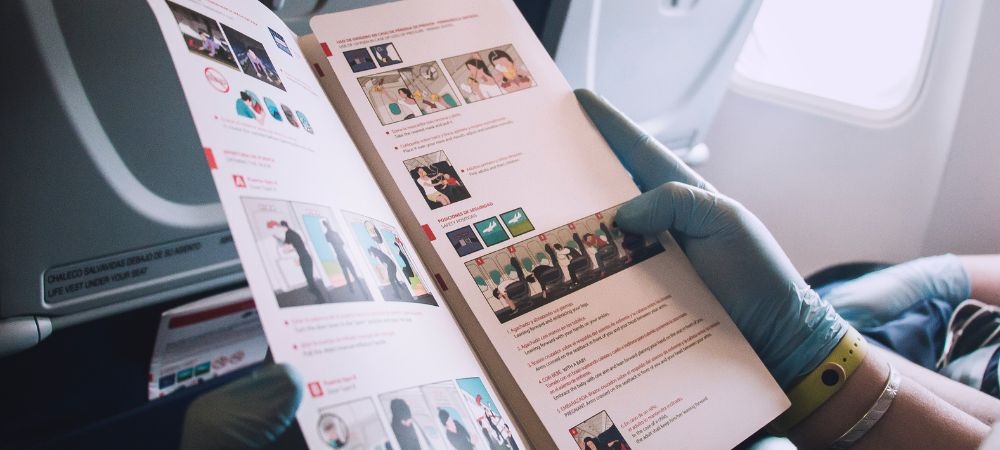

When you're diving into the world of public transportation, it's super important to research your route and schedule ahead of time. Oh, the last thing you want is to be standing clueless at a bus stop or miss your train by just a few minutes because you didn't plan properly. Get the news check this. Trust me on this one—I've been there.
First things first, don't think for a second that winging it will work out fine. Public transport systems can be confusing, especially if you're new to them or if you're in an unfamiliar city. So, take some time before your trip to look up routes and schedules online. Most cities have apps or websites where you can get real-time updates on bus and train times. It might seem like a hassle, but it ain't that hard once you get used to it.
Now, I know what you're thinking: "I’ve got GPS; I'll be fine." Well, guess what? Sometimes even technology lets us down—not all transit apps are 100% accurate all the time. And oh boy, don't even get me started on service disruptions! If there's construction or an unexpected delay, you'll wanna know about it beforehand so you can make alternate plans.
Moreover, always double-check any transfers you may need to make along the way. It's not just about getting from point A to point B; sometimes you've gotta hop off one bus and catch another or switch trains entirely. Miss your connection and suddenly you're running late for that important meeting or event—a total nightmare!
It's also worth noting that schedules often change during weekends and holidays. You'd hate to show up at a station only to find out the next train isn't arriving for another hour because it's Sunday and they run less frequently then.
And hey, don’t rely solely on locals either—even they might not have all the answers! While asking people around could help in some situations, it’s better not put all your eggs in one basket here.
So yeah, do yourself a favor: spend those extra few minutes planning out your route before leaving home. Researching ahead saves you from unnecessary stress and keeps your journey smooth as possible—well most of the time anyway!
In conclusion (if we’re being formal), taking public transportation doesn't have to be stressful if you're prepared. Knowing your route and schedule ahead of time can make all the difference between a seamless journey and an absolute mess-up day filled with delays and confusion—yikes!
Public transportation is a lifeline for millions of people around the world. It offers an affordable and efficient way to get from point A to point B, whether it's for work, school, or leisure. However, as convenient as it is, public transit also brings its own set of challenges—one of the most important being the need to keep your belongings close and secure.
First off, let’s face it: crowded buses and trains can be chaotic. There's no denying that in all that hustle and bustle, it's easy to lose track of your stuff. The last thing you want is to realize you've lost something valuable when you're already miles away from home or your destination. So yeah, keeping everything secure might save you a lot of headache later on.
Now here’s a tip that's often overlooked: don’t leave your bags unattended even for a second. It's tempting to put down your backpack or purse while you’re searching for your ticket or phone but resist that urge! In those few seconds someone could swipe it away without you noticing. And believe me, it's not just about theft; sometimes people simply forget their things because they’re distracted.
You shouldn’t think twice about using zippers and locks either. A bag with several compartments may seem like overkill but trust me, it's worth it. If someone tries to open one pocket they might give up if they see multiple zips and latches before them. Plus hey—it keeps everything organized!
One more thing—never assume that everyone around you has good intentions. Sounds cynical? Maybe so but better safe than sorry! Don’t place valuables in outer pockets where they can be easily snatched by pickpockets who are experts at what they do (unfortunately). Keep important items like wallets and phones in inner pockets or somewhere difficult to reach unless absolutely necessary.
Also remember this golden rule: stay aware of your surroundings at all times. Sure, listening to music or scrolling through social media makes the ride more enjoyable but don't let it distract you too much! Being alert means less chance you'll fall prey to opportunistic thieves.
Lastly—and I cannot stress this enough—if something doesn’t feel right then trust your gut feeling! If someone seems overly interested in getting close or if there's weird behavior going on near you then move away if possible or seek help immediately.
To sum up folks: keeping your belongings close and secure while using public transport isn’t rocket science but requires vigilance and common sense—a little effort goes a long way towards ensuring peace of mind during journeys. Just follow these practical tips consistently so that traveling remains hassle-free rather than turning into an ordeal over misplaced items!
Building long-term habits for maintaining safety is crucial when we talk about the importance of personal safety in daily life.. You know, it's not just about being cautious once in a while; it’s really about making it a part of your routine—your everyday behavior.
First off, let me tell ya, personal safety ain't something to take lightly.
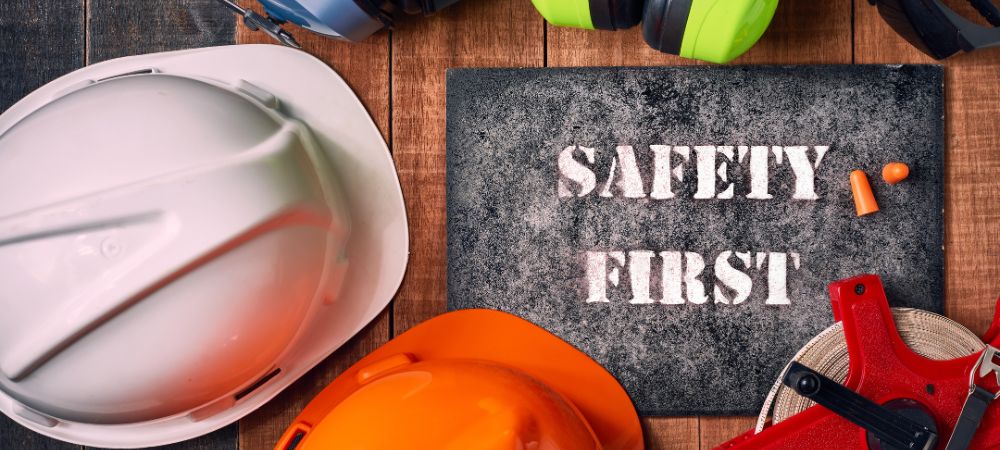
Posted by on 2024-07-06
Creating a personal safety plan is not just some abstract idea; it's a practical strategy that can make a real difference in people's lives.. You might think, "Oh, I don't need one of those," but let's take a look at some real-life examples and success stories to see why it might be worth your time.
Take Sarah, for instance.

Posted by on 2024-07-06
Cybersecurity is a term that gets thrown around a lot these days, but what does it really mean and why should you care?. Simply put, cybersecurity is the practice of protecting your computers, networks, and data from digital attacks.
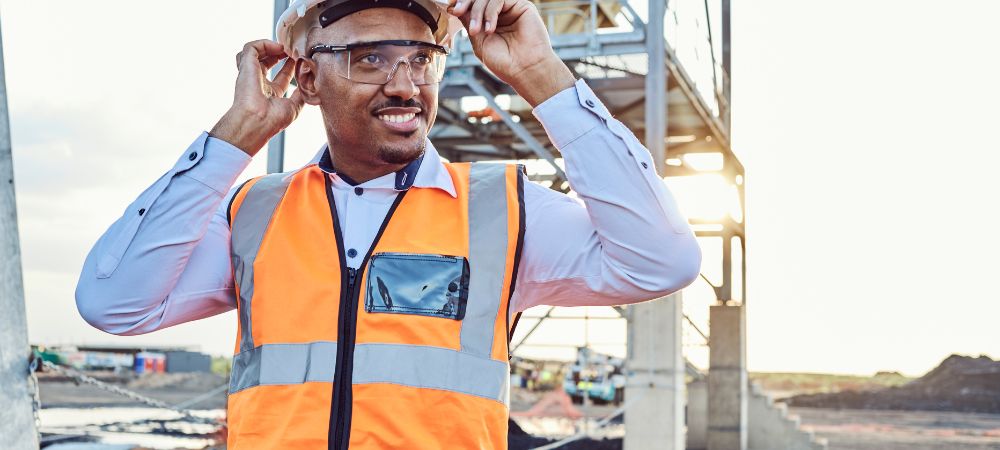
Posted by on 2024-07-06
Staying connected and sharing your location ain't just about convenience these days; it's about safety too.. In an unpredictable world, knowing someone’s got your back can make a huge difference.
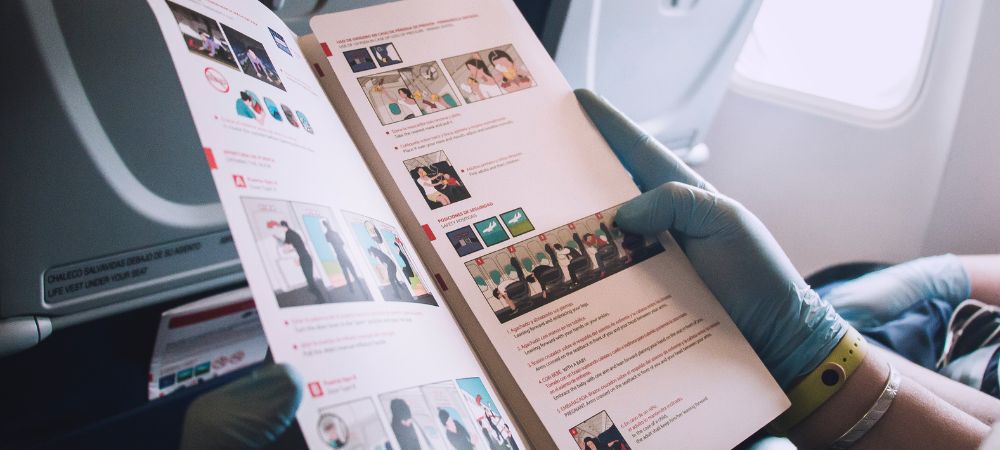
Posted by on 2024-07-06
You know, it's funny how much what we wear can actually affect our confidence and even how other people see us.. It's like this invisible power that most of us don't really think about too often.
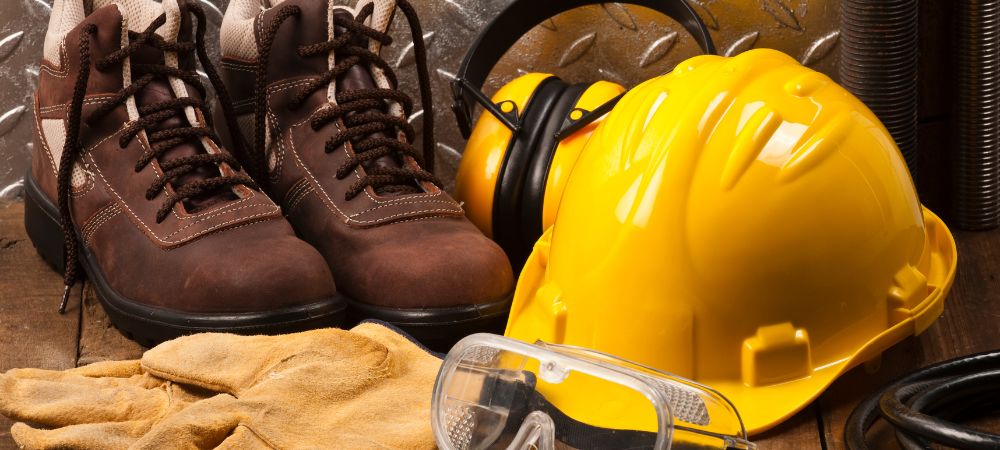
Posted by on 2024-07-06
Navigating public transportation can be quite the adventure. It's not just about getting from point A to point B; there's a whole world of little nuances, unwritten rules, and potential pitfalls. One essential tip that can't be stressed enough is to stay alert and aware of your surroundings.
First off, don't think for a second that everyone around you has your best interests at heart. I'm not saying the world's a dangerous place, but it's naive to assume everyone on the bus or train is an angel. Keep an eye on your belongings – it ain't paranoia if someone does try to take advantage of your distraction. And let's face it, those few seconds spent staring at your phone could make all the difference if someone's up to no good.
But it's not just about avoiding theft. Being aware means noticing who's around you and what's happening in real-time. Have you ever seen someone miss their stop because they were too engrossed in a book? It happens! And boy, what a hassle it is when you're suddenly miles away from where you intended to get off.
Moreover, staying alert helps you adapt quickly if something unexpected comes up – like service changes or delays. If you're tuned into announcements or watching for signs of trouble (like everyone else suddenly leaving), you'll save yourself from unnecessary stress.
One more thing: don’t ignore those gut feelings! If something feels off or makes you uneasy, trust that instinct. Move closer to other passengers or find transit staff if needed. Better safe than sorry!
Also, never underestimate how helpful being aware can be for others too. You might notice someone who needs help – maybe they're lost or struggling with heavy bags – and lending a hand can make everyone's day better.
So yeah, while public transport's got its perks and conveniences, it demands a bit of vigilance too. Just remember: staying alert isn't about living in fear; it's about being smart and prepared so that every journey goes smoothly as possible.

When you're on public transportation, it's best to avoid using headphones or being distracted by your phone. Seriously, don't do it! We all know how tempting it is to scroll through social media or listen to our favorite tunes, but let's face it—public transport isn't exactly the safest environment for that.
First off, having those earbuds in can make you oblivious to your surroundings. You might miss important announcements about delays or changes in routes. Trust me, you don't wanna be the person who ends up miles away from their intended destination just because they were too engrossed in a podcast. Plus, not hearing what's happening around you can also put you at risk of missing warning signals or even endangering yourself unknowingly.
And phones? Oh boy, where do we even start? It's easy to get lost in texting or playing games and forget about basic stuff, like keeping an eye on your belongings. Pickpockets often target distracted folks, and if you're glued to your screen, you're pretty much advertising that you're an easy mark. Don't think it can't happen to you—it totally can!
Another thing is interaction with others around you. Public transport is one of those rare places where people from different walks of life come together. By burying yourself in headphone-land or smartphone-ville, you're missing out on potential human connections and a chance to be more aware of what's going on around you.
So next time you're riding the bus or subway, try putting the phone away and leaving the headphones in your bag. Look around; observe people; maybe even strike up a conversation with someone nearby (if they're open to it). You'll not only stay safer but might also find that your commute becomes a bit more interesting.
In conclusion—yep! I'm wrapping this up—avoiding distractions like headphones and phones while using public transportation isn't just good advice; it's common sense for safety and awareness. So go ahead and give it a shot; you'll thank yourself later!
When it comes to using public transportation, one of the most important things to keep in mind is safety. You know what I mean? It's not always easy navigating through an unfamiliar city or even your own town if it's late at night. One key tip that can't be stressed enough is to travel in well-lit, populated areas whenever possible.
It's like, you just don't want to find yourself wandering down a dark alley with no one around. That's a big no-no! Public spaces tend to be safer simply because there's more people around. If something happens, help is likely nearby. Plus, well-lit areas are under surveillance more often than those shadowy corners where anything could happen.
I get it - sometimes the shortest route isn't through the bustling streets and brightly lit avenues. But hey, taking that extra few minutes might save you from a world of trouble. It’s not worth risking your safety just to shave off some time from your commute.
Let's face it: crowded places can be annoying too. There’s the noise, the rush of people moving in all directions and oh boy, don’t get me started on finding a seat during peak hours! But still, these places offer a layer of security that's practically invaluable when you're out and about.
And for goodness' sake, trust your gut! If an area feels sketchy or gives you bad vibes, steer clear of it. No need to second-guess yourself; better safe than sorry!
Another pro-tip: Plan ahead! Know your routes and have alternatives lined up just in case something goes awry—like missing your bus or train (ugh!). Apps and maps are there for a reason; use them wisely!
So yeah folks, remember this simple yet critical advice: travel in well-lit, populated areas whenever possible when using public transport. It’s not rocket science but sometimes we overlook these basic principles thinking nothing could happen to us – until it does.
Just stick to this rule as best as you can and you'll be doing yourself a huge favor. Safe travels everyone!

When navigating the complexities of public transportation, it’s essential to trust your instincts and avoid suspicious individuals. You know that gut feeling you get sometimes? Don’t ignore it! Public transportation can be a melting pot of diverse people, and while most are just like you—trying to get from point A to point B—there are a few bad apples in every bunch.
For instance, if someone’s behavior seems off or they’re acting overly friendly for no apparent reason, it's not a bad idea to keep your distance. It's not about being paranoid; it's about being cautious. You don't have to engage with everyone who strikes up a conversation with you, especially if something feels "off." Trust that inner voice that says, "This doesn’t seem right."
Moreover, avoiding eye contact or simply moving away can be very effective strategies. There's no law saying you must interact with everyone around you. If someone's making you uneasy, find another seat or stand closer to other passengers—it’s totally okay! People generally understand these subtle social cues.
Also, don’t forget about your belongings. Keep them close and secure because an unattended bag is like an open invitation for troublemakers. We’ve all heard stories of pickpockets on crowded buses and trains. So why risk it? Better safe than sorry!
In addition to trusting your instincts, staying aware of your surroundings is crucial too. If someone seems overly interested in where you're going or what you're doing, that's usually a red flag. Don't share personal information with strangers; they're called strangers for a reason!
And hey, technology can be your friend here as well! Use tracking apps that let friends or family know where you are during your commute. It never hurts to have an extra layer of safety.
So yeah, when using public transportations trust those instincts and steer clear of anyone who gives off weird vibes. It's better to be safe than regretful later on! Just follow these simple tips: keep your belongings secure, stay aware of who's around you and don't hesitate to move away from anyone suspicious.
Public transport doesn't have to be stressful if you're mindful and alert—and remember—you got this!
Using public transportation can be a convenient and eco-friendly way to get around, but it's also important to know the emergency procedures for the system you're using. It's not just about getting from point A to point B; safety should always be a priority. Ah, but who thinks about emergencies when they hop on a bus or train? Not many people, I'd bet.
First off, don't ignore those little signs posted all over buses and trains. They're there for a reason! You might think you'll never need them, but in case of an emergency, they'll be your best friend. If you're on a bus and there's some sort of problem - like the driver suddenly can't continue driving - it's crucial to remain calm. There's usually an intercom or some way to communicate with the driver or other passengers. Don't panic; it won't help anyone.
Now, if you're taking the train, things can get a bit more complicated because you're dealing with tracks and potentially underground tunnels. Know where the emergency exits are located – they're often at both ends of each car. In case something goes wrong and you need to evacuate quickly, having that knowledge could make all the difference. Oh! And don’t forget about those red handles you see near doors – pulling one will typically stop the train in its tracks (pun intended).
Another thing that's often overlooked is knowing how to contact local authorities from within these transport systems. Most buses and trains have numbers displayed for emergencies; jot them down or save them in your phone just in case you need 'em someday.
Don't think for one second that this stuff doesn't matter because "it'll never happen to me." Emergencies are called emergencies precisely because they're unexpected! So it’s really better safe than sorry.
Lastly, don’t hesitate to ask questions if you’re unsure about anything related to safety procedures while using public transportation. Sometimes drivers or attendants give quick briefings before trips – listen up!
In conclusion (yes we’re finally here!), knowing emergency procedures might seem like tedious information at first glance, but it’s undeniably essential when riding any form of public transportation. It’s one small step towards ensuring not only your own safety but also helping others should an unfortunate situation arise.
So next time you catch your usual ride, take a moment and familiarize yourself with these guidelines—you’ll thank yourself later if ever needed…hopefully not though!
When it comes to using public transportation, one of the best things you can do is share your travel plans with a friend or family member. I know, it might seem like a hassle or even unnecessary at times, but trust me, it's really important. It ain't just about being cautious; it's about ensuring someone knows where you are and what you're up to.
First off, let's face it—public transportation can be unpredictable. Trains get delayed, buses break down, and sometimes routes change without any warning. If you've shared your travel plans with someone close to you, they'll have an idea of where you're supposed to be if anything goes wrong. It's like having an extra layer of safety that doesn't cost you anything.
Another reason not to neglect this step is for peace of mind—for both you and your loved ones. Imagine you're running late because the subway was packed and moving slower than usual. If no one knows your schedule, they're bound to worry when they can't reach you. But if they've got your itinerary in hand, they'll understand why you're late and won't freak out immediately.
Moreover, sharing your plans ain't just useful during emergencies; it's handy for everyday situations too! Say you're visiting a new city and taking multiple forms of public transportation—buses, subways, trams—you name it. By keeping someone in the loop about your route and timing, you'll feel more confident navigating unfamiliar territory.
And don't think this only applies for big trips or vacations. Even on a regular day commuting to work or school, letting somebody know when you'll be leaving and arriving can make all the difference if there's an unexpected hiccup along the way.
I know some people might say “But I'm an adult! I don't need anyone looking after me!” Well sure, we all want our independence but sharing isn't about losing that—it's about being smart and staying safe in today's world where anything can happen anytime.
So next time before hopping on that bus or train—or whatever kind of public transport—take a moment to text or call someone with your travel details. You don’t gotta go overboard with information; just enough so they’re aware where you’ll be heading off too!
In short (and yes I know this essay wasn't exactly short!), never underestimate how valuable it is sharing those simple bits of info with folks who care about ya’. It’s such a small effort but believe me—it goes a long way!
